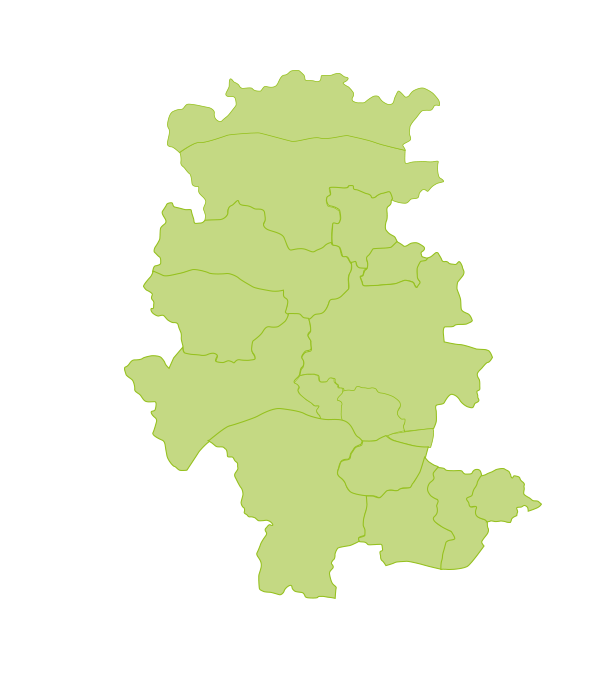Blog
Dramatic décor without the fear factor!
Friday, October 19, 2018

With Halloween approaching, think dramatic décor and you might imagine black walls and haunted houses. In fact, Victorian Gothic styling boasts gorgeous, ornate designs, rich in colour, texture and warmth. Gothic interiors often feature opulent, jewelled colours such as deep red or purple and rooms are characterised by low intensity ambient lighting or candlelight.
Gothic architecture flourished from the 12th - 15th century with a revival in the Victorian era. Key features include pointed arches, ribbed vaults and flying buttresses so often seen in cathedrals, castles and churches. With origins in ecclesiastical architecture, gothic styling has a religious symbolic base with heraldic influences; stained glass imagery, coats of arms, mythical beasts and gargoyles.
It’s all about drama and elegance; not for the faint hearted so check online to get a feel for Gothic styling.If it’s all too much, then just add subtle hints to an otherwise neutral canvas —maybe some bold colours and a few carefully chosen items of furniture and accessories.
Medieval furniture was heavy and often made of dark oak, adorned with motifs. Chairs, bed frames, screens and cabinets featured spiral-turned legs and rich upholstery. Arts and Crafts furniture is a good alternative whilst old church furniture such as pews, lecterns and trestle tables can be sourced from salvage yards. It may be worth checking the yard is a member of Salvo www.salvo.co.uk for reassurance that pieces have been obtained legally.
If you are lucky enough to have exposed beams already, you're on your way to a medieval look. The Victorians added fake beams, carved cornices and mouldings to ceilings. For a plain yet dramatic effect, you could paint your ceiling red or purple to make it stand out. For walls, try a stone paint effect, dark wood panelling and rich colours in arch shaped recesses and hang a medieval style tapestry to complete the effect.
Elegant brocade or damask wallpaper with a velvety texture is a must, adding drama whilst softening the finish. It should be ornate, richly coloured, and patterned with motifs such as flowers and foliage, coats of arms and fleur-de-lys. The colours of this era were intensely rich and dramatic; metallic highlights in pewter and gold were used to highlight relief.
Central to any Gothic living room is a large, imposing stone or carved wood fireplace. Paint your chimney breast deep red to achieve standout with walls either side in neutral cream. Decorate the hearth with carved wood or wrought iron candlesticks and church candles.
Make a feature of windows by dressing them with curtains made from sumptuous bold, and dramatic fabric. Look for silk, satin, velvet and brocades in bold colours, patterns and textures. In medieval times curtains were adorned with tassels, tiebacks and fringes and these add authenticity to the look.
Medieval lighting would have been flame based – candle, torch or firelight. To emulate this, use black wrought iron chandeliers and wooden wall sconces. On side tables, use carved wooden lamps with soft light bulbs to create a similar mood. Accessorise with pewter plates and tankards but keep things simple and you’ll add a wonderfully contemporary angle to your decor.















